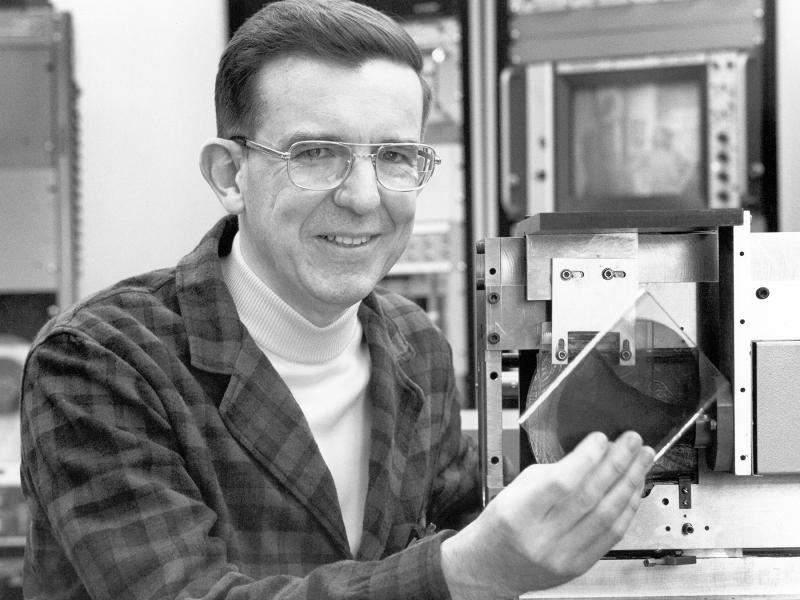
Inventors
Inventors
Meet our inventors who
transform the world
Meet our inventors who
transform the world
Since 1965, PNNL technologists’ ideas have sparked scientific discoveries that advanced humankind. Their kernels of curiosity have led to revolutionary innovations. Scroll through a few of those innovations below. Ready to help us change the world? Explore open positions at PNNL.

Optical digital recording—This invention made it possible to store information as a track of tiny dots 70 times smaller than the diameter of a single strand of human hair. It became the basis for CDs and DVDs, which revolutionized the music and entertainment industries.
(Photo by Pacific Northwest National Laboratory)
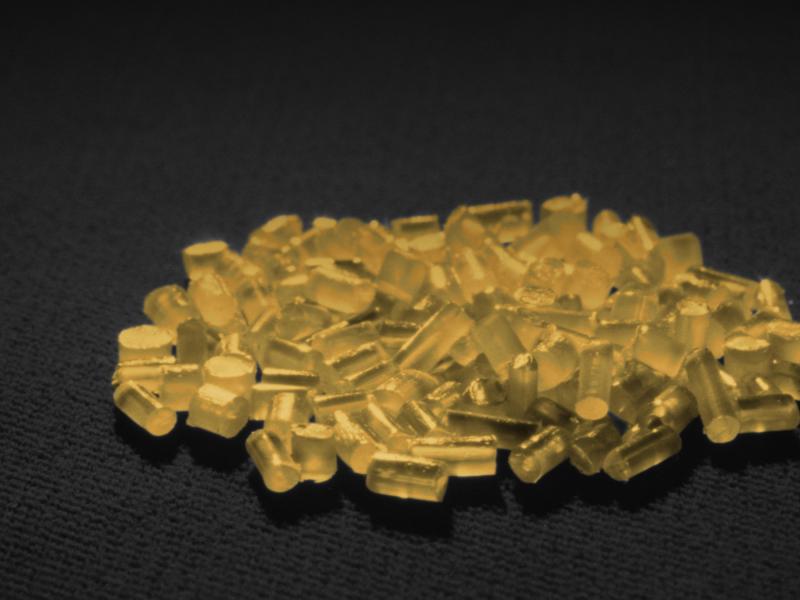
Bio-barrier material—Used nationwide, this material prevents unwanted root growth and vegetation from invading septic tanks, roadways, sidewalks, and buried gas pipes.
(Photo by Pacific Northwest National Laboratory)
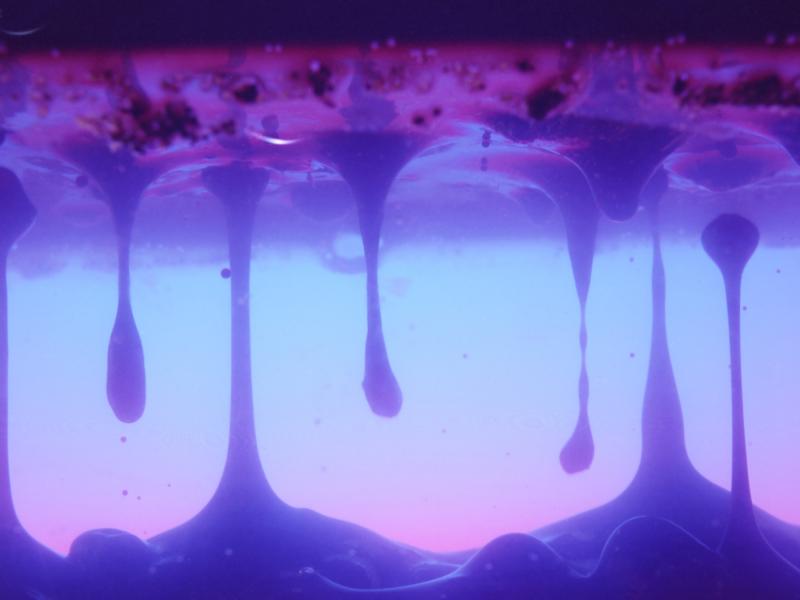
Sewage-to-asphalt—This method turns sewage sludge into synthetic asphalt, lowering paving material costs while disposing of waste in an environmentally safe manner.
(Photo by Pacific Northwest National Laboratory)

Radiation detection systems—Installed at every U.S. port of entry, these devices thwart illicit trafficking of nuclear and radiological materials into our country.
(Photo by Pacific Northwest National Laboratory)
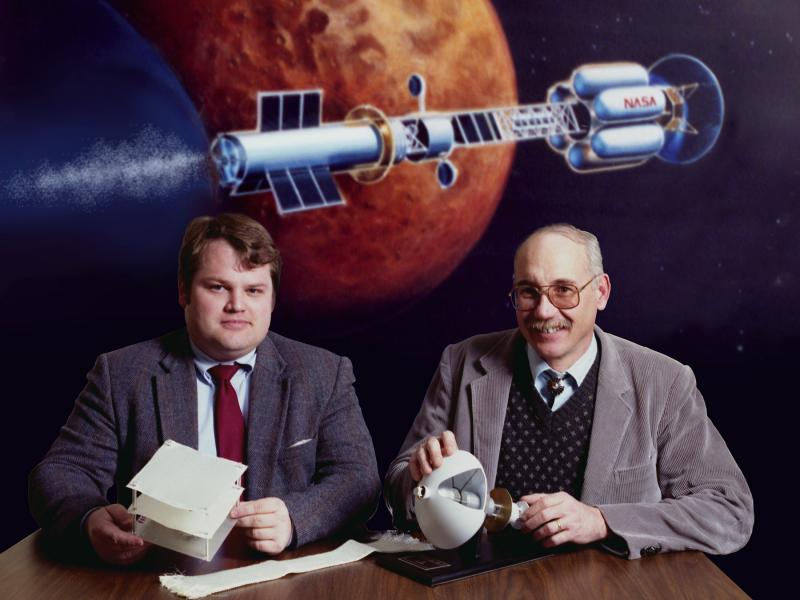
Instruments were constructed at PNNL for use on the International Space Station and other spacecraft to measure radioactive particles that could pass through a human body and potentially harm astronauts.
(Photo by Pacific Northwest National Laboratory)
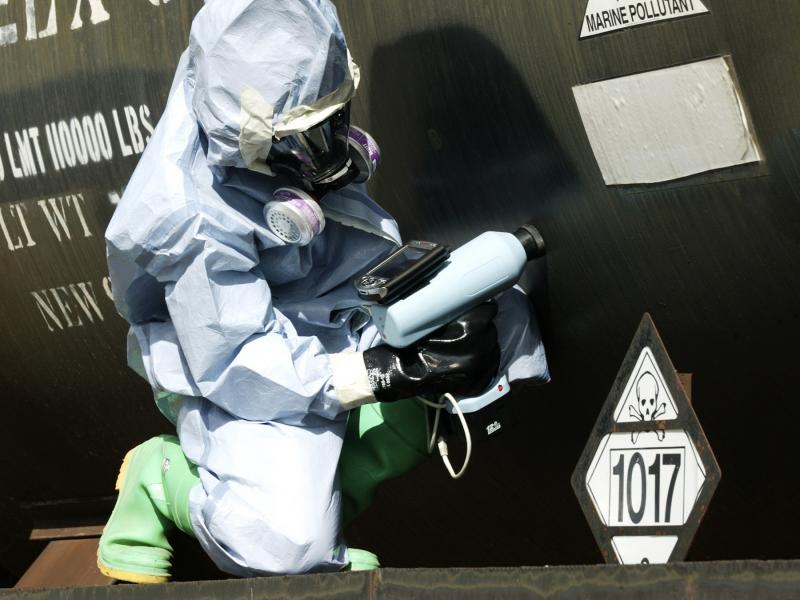
Early stages of portable acoustic inspection devices were designed for the U.S. Department of Defense. Since then, the technology has been used by the U.S. Defense Threat Reduction Agency, United Nations Weapons Inspectors, the Internal Revenue Service, the State Department and others.
(Photo by Pacific Northwest National Laboratory)
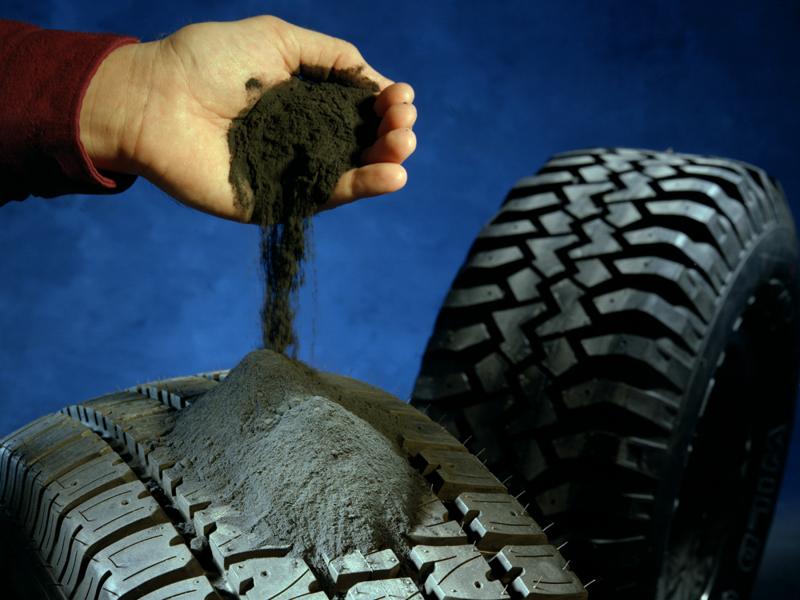
RubberCycle™ addressed the problem of what to do with stockpiled tires. Scientists invented a bioprocess using sulfur-loving microorganisms that change the surface chemistry of waste tire rubber, enabling it to bond with virgin rubber. This cost-effective method of producing vulcanized rubber products, such as tires, performed better than those made of new rubber alone.
(Photo by Pacific Northwest National Laboratory)
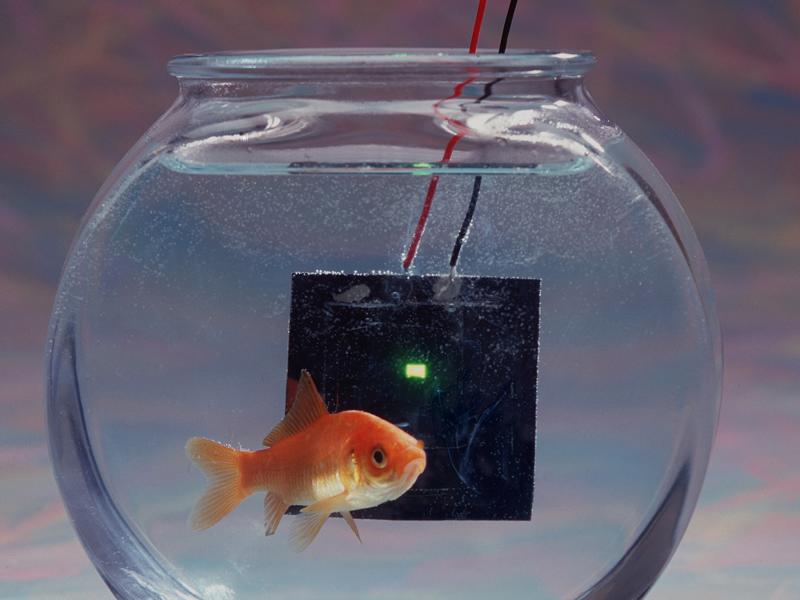
Scientists developed a new way to make plastic virtually impermeable so it could be used to replace glass in new display technologies. Using plastics instead of glass would allow laptop computer monitors, cell phones and other flat panel displays to be thinner, more rugged and lighter weight. The product is incorporated into many commercial products.
(Photo by Pacific Northwest National Laboratory)
For more than 60 years, these and other PNNL inventions have touched our everyday lives. Today, our researchers continue the tradition of bold scientific discovery. Meet our brightest, honored as distinguished inventors of the year at PNNL.
 | Wendy Bennett pioneered significant innovations in thin-film coating design, deposition, and characterization, as well as micropower and nanostructures for lithium batteries. |
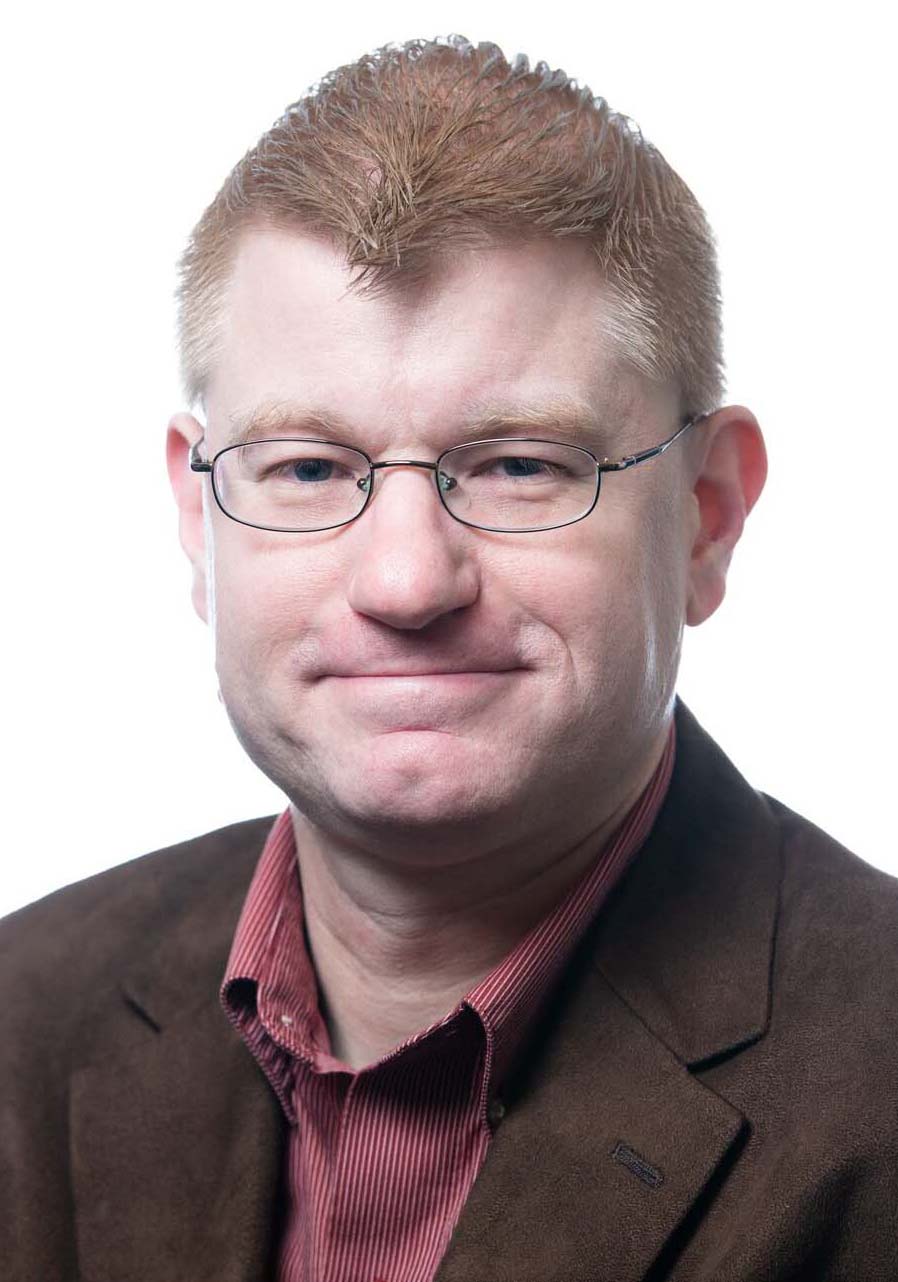 | Robert Dagle developed innovative catalytic processes to convert biomass- and waste-derived oxygenated intermediates to value-added fuels and chemicals. |
 | Doug Elliot created a continuous chemical process that produces useful crude oil from harvested algae and was instrumental in developing a new chemical processing system that can convert substances ranging from waste treatment sludge to food scraps into various useful fuels. |
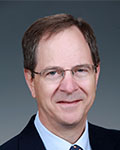 | John Fulton’s fundamental work on liquids has led to new ways of exploiting their special properties. Some patents have led to commercial products such as a cardiovascular stent for heart patients. |
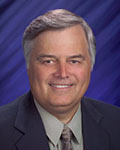 | Gordon Graff co-developed a flexible, transparent, thin-film barrier that protects moisture- and oxygen-sensitive materials. |
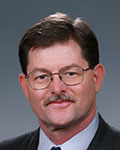 | Jay Grate’s distinguished career in chemically selective materials, chemical microsensors, and analytical fluidics has resulted in numerous patents. |
 | Mark Gross co-developed a flexible, transparent, thin-film barrier that protects moisture- and oxygen-sensitive materials. |
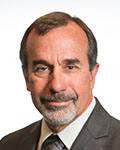 | Tom Hall was instrumental in developing a prolific millimeter-wave imaging technology platform that enables the ability to see plastic and metal contraband hidden under clothing. |
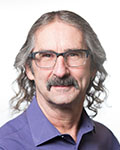 | Rich Hallen, along with LanzaTech, developed a process that converts ethanol to jet fuel. |
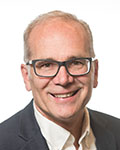 | John Holladay holds numerous patents in chemical production, catalytic processes and systems, and hydrothermal processing. |
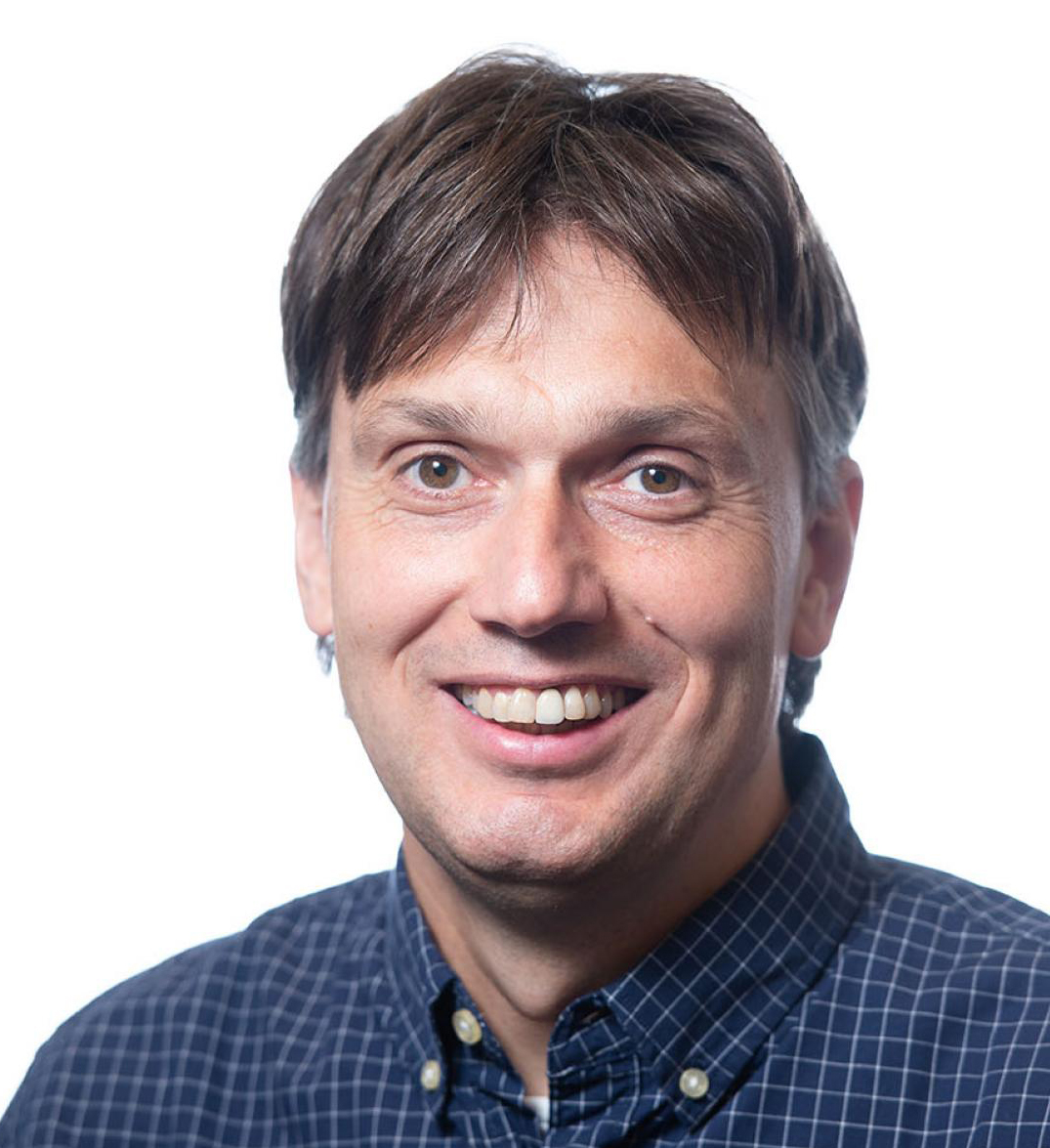 | Libor Kovarik focuses primarily on energy materials characterization using electron microscopy to build an atomic-level understanding of structures from sparse datasets and optimized sub-sampling. |
 | Yehia Ibrahim’s work centers around technologies and approaches to separate and manipulate ions to improve the sensitivity and power of mass spectrometers. |
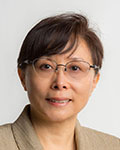 | Shari Li’s advancements in materials and coatings—specifically nanomaterial synthesis and film deposition—will lead to faster computers and better fuel cells. |
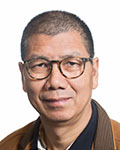 | Jun Liu has dedicated his life’s work to determining how science can help meet the world’s growing needs for energy to power billions of cars, homes, and industries. |
 | Doug McMakin developed and tested microwave and millimeter-wave holographic imaging systems for airport personnel screening and body measurements for biometrics and clothing applications. |
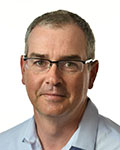 | Kerry Meinhardt and his team collaborated with Delphi Corp. to develop cost-effective solid-oxide fuel cells that are used in Delphi-developed auxiliary power units for transportation purposes. |
 | Zimin Nie’s contributions to the development of large-scale electrochemical energy storage technologies enableintermittent sources of energy to be incorporated into the grid. |
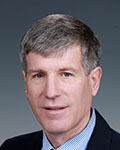 | Richard Pratt led PNNL’s passive radio-frequency identification team that demonstrated—and received 11 patents for—long-range communication capability primarily for inventory tracking purposes. |
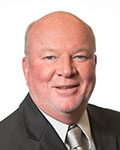 | Robert Pratt introduced the concept of transactive controls, which enables the grid to engage energy loads and other distributed energy resources, like batteries and electric vehicles, in the grid. |
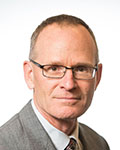 | Dave Sheen invented core methods and algorithms that create images from signals. |
 | Dick Smith has helped untangle problems in Parkinson's disease, cancer, and biofuels production. He developed the electrodynamic ion funnel, which enables much more sensitive biological and advanced physics measurements. |
 | Vince Sprenkle is a recognized leader in the fields of electrochemical energy conversion and storage. |
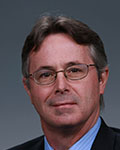 | Ward TeGrotenhuis led a team that developed components and processes for energy, environmental, and defense applications. |
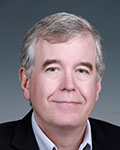 | Bob Wegeng has received patents for methods that use engineered microstructures to exploit physical principles controlling and enhancing chemical reactions and heat transfer. |
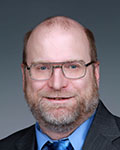 | Greg Whyatt is applying his ingenuity to one of the most challenging problems for those who produce or use energy—the need for highly efficient, compact, and portable energy systems. |
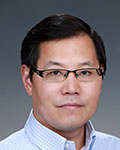 | Wu Xu is making electric vehicles and our nation’s power grid more energy efficient and stable. His technologies also are enabling the grid to store intermittent sources of energy so that it can be released when needed. |
 | Alan Zacher invented a highly efficient catalytic process for making propylene glycol—a commodity chemical found in everything from liquid detergent, pharmaceuticals, and cosmetics to paint, antifreeze, heating fluids, and food—using entirely renewable resources. |
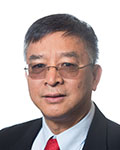 | Jason Zhang developed of a series of novel electrolytes that successfully create a protective layer around metal anodes so they won’t corrode, this also enables stable operation of vehicle batteries. |